Picture this: you wake up with a to-do list a mile long, spanning personal errands, client projects, and team meetings. You want one tool to manage it all efficiently. Two names surface — Asana vs Todoist. Both are popular task management apps, but they take different approaches. Which should you choose? This comprehensive comparison guides you through Asana vs Todoist for personal use and business, covering features, pricing, pros and cons, and how to supercharge either app with Everhour’s time tracker for precise Todoist and Asana time tracking.
🤔 What Are Asana and Todoist?
🔴 Asana: A project and task management platform designed for team collaboration. It offers list and board views, timelines, portfolios, goals, and advanced workflows. Asana project management is used by marketing teams, product managers, development teams, and businesses requiring structured project management.
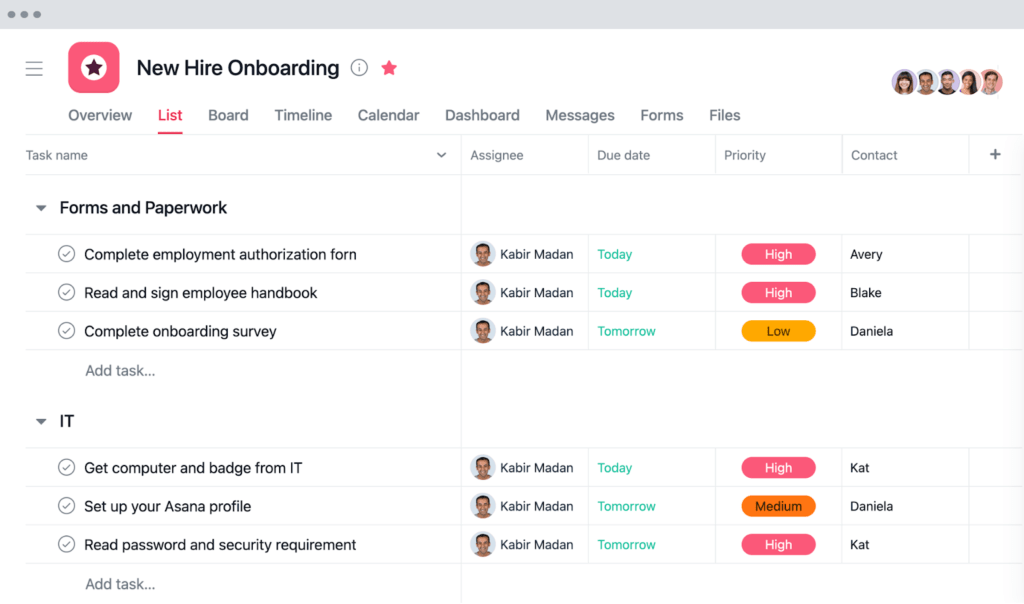
🔵 Todoist: A task manager focusing on personal productivity and straightforward team to-do lists. It features quick task entry, recurring tasks, labels, filters, and a Karma gamification system. Todoist project management tool is popular among individuals and small teams who need a simple, fast tool.
🔧 Asana vs Todoist: Features & Plan Comparisons
| 📌 Feature | ✅ Asana | 📝 Todoist | 💡 Comments |
|---|---|---|---|
| Interface | Projects with tasks; tasks can have sub-tasks. Views: list, board, timeline, calendar. | Projects with tasks; tasks can have sub-tasks and sections. Views: list, board (limited), calendar (premium). | Asana offers more views and project-level organization. |
| Collaboration | Assign tasks, comment, attach files, @mention; dashboards, Portfolios for larger teams. | Assign tasks, comment, attach files; limited team features in free version. | Asana suits larger teams; Todoist is lighter. |
| Automation | Custom rules (e.g., “When task moved to Done, assign to QA”); integrations via Zapier; built-in automation builder. | Natural language for due dates; basic filters; relies on integrations (e.g., Zapier) for automation. | Asana has robust automation; Todoist is simpler. |
| Integrations | Slack, Microsoft Teams, Google Drive, Outlook, Zoom, GitHub, Everhour, and many more. | Gmail, Google Calendar, Slack, Outlook, Zapier. Everhour integrates via browser extension. | Asana supports more direct integrations. |
| Reporting | Advanced dashboards, Portfolios, Goals; work progress at a glance. | Todoist Karma for personal productivity; limited reporting for teams. | Asana’s reporting is geared toward business. |
| Pricing | Free: Basic tasks & boards; Premium: $10.99/user/month; Business: $24.99/user/month; Enterprise: Custom. | Free: Basic tasks & projects; Pro: ~$4/month; Business: ~$6/user/month. | Todoist is cheaper; Asana is costlier but more robust. |
| Use cases | Project management, team coordination, marketing campaigns, agile development, HR processes. | Personal task lists, lightweight team projects, personal goals and habits. | Asana handles complex workflows; Todoist excels at individual productivity. |
🚀 Asana Features in Detail
- Tasks & sub-tasks: Break work into sub-tasks; assign each to a different person, add due dates, attach files, and link to Google Drive.
- Project views: List (simple tasks), Board (Kanban), Timeline (Gantt chart), Calendar.

- Portfolios & goals: For business plans, track progress across multiple projects and align work with objectives.
- Workflows & automation: Asana’s custom rules automate routine tasks (e.g., auto-assign tasks, move tasks when status changes).
- Asana integrations: Asana integrates with dozens of tools: Slack, Outlook, Microsoft Teams, GitHub, Zoom, and CRM platforms.
- Advanced permissions: Restrict access to tasks or projects for privacy and compliance.
- Asana templates: Built-in templates for sprints, marketing launches, and creative campaigns.
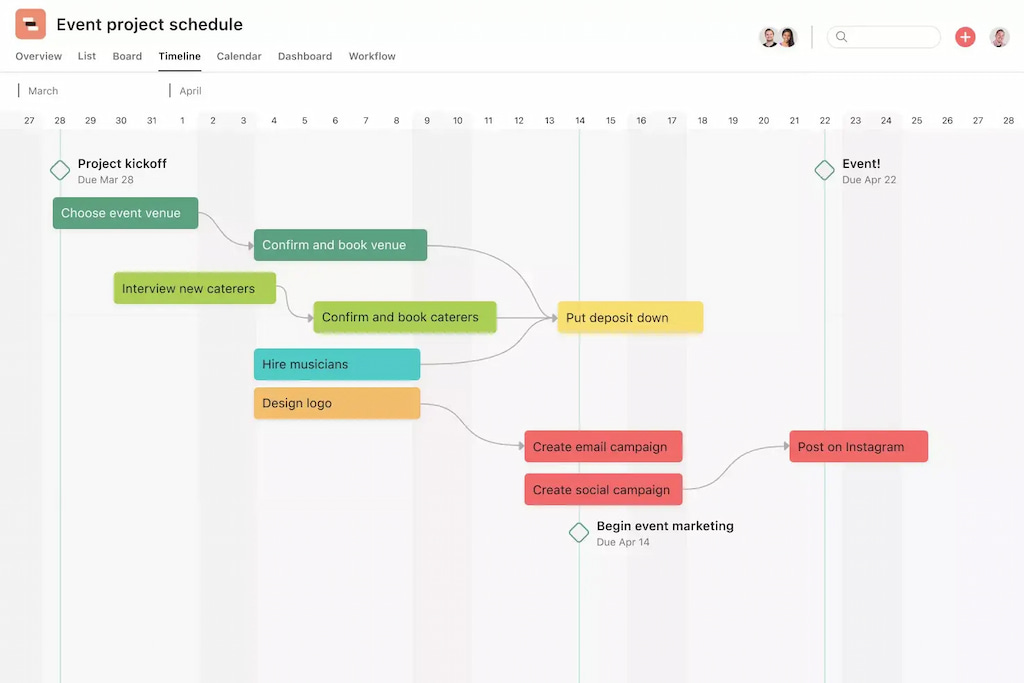
🚀 Todoist Features in Detail
- Quick add: Create tasks using natural language (e.g., “Email John on Monday at 9 am”).
- Projects & sections: Organize tasks into projects; divide projects into sections.
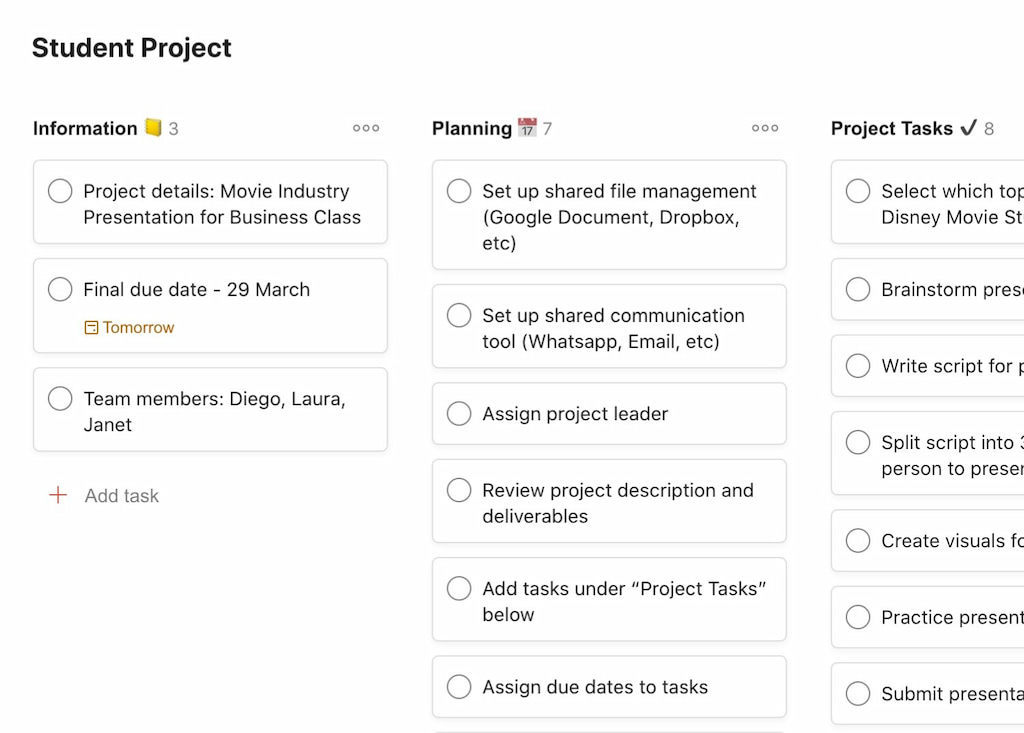
- Priority flags & labels: P1-P4 priority markers. Labels for context (e.g., @phone, @work).
- Filters: Custom filters (e.g., “#Work & today”) to view tasks across projects. Available in Pro and Business plans.
- Recurring tasks: Set tasks to repeat (daily, weekly, monthly).
- Karma system: Gamifies productivity; earn points for completing tasks and daily goals.
- Theme & customization: Choose themes; create custom backgrounds.
⚖️ Use Case Comparisons
👤 For personal use
Asana
- ✅ Strengths: Multiple views, sub-tasks, timeline for projects (e.g., vacations, home renovations).
- ⚠️ Weaknesses: Too complex for simple to-dos; advanced features often unused.
- ⭐ Best for: Personal projects that need timelines and dependencies (e.g., writing a book, event planning).
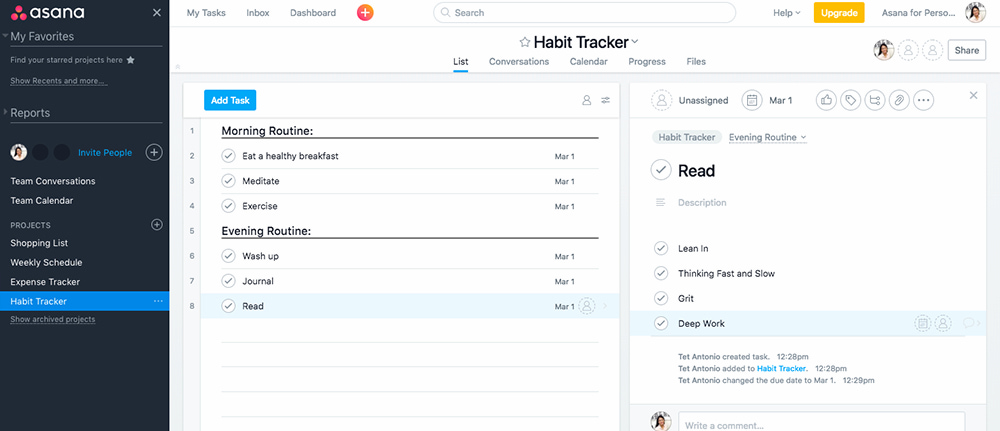
Todoist
- ✅ Strengths: Quick task entry, recurring tasks, clean design, habit tracking via Karma.
- ⚠️ Weaknesses: Limited views; Kanban is basic.
- ⭐ Best for: Daily to-dos, grocery lists, studying, personal goals.

Verdict: 🏡 For personal productivity, Todoist is simpler and more affordable. Use Asana only if your personal projects look like professional ones.
💼 For business/teams
Asana
- 📊 Project management: Break work into tasks, set deadlines, and track across projects.
- 🤝 Team coordination: Assign tasks, manage workflows, ensure accountability.
- 🚀 Scaling: Portfolios & Goals help manage multiple teams/projects.
- ⚙️ Automation & reporting: Saves time, provides dashboards.
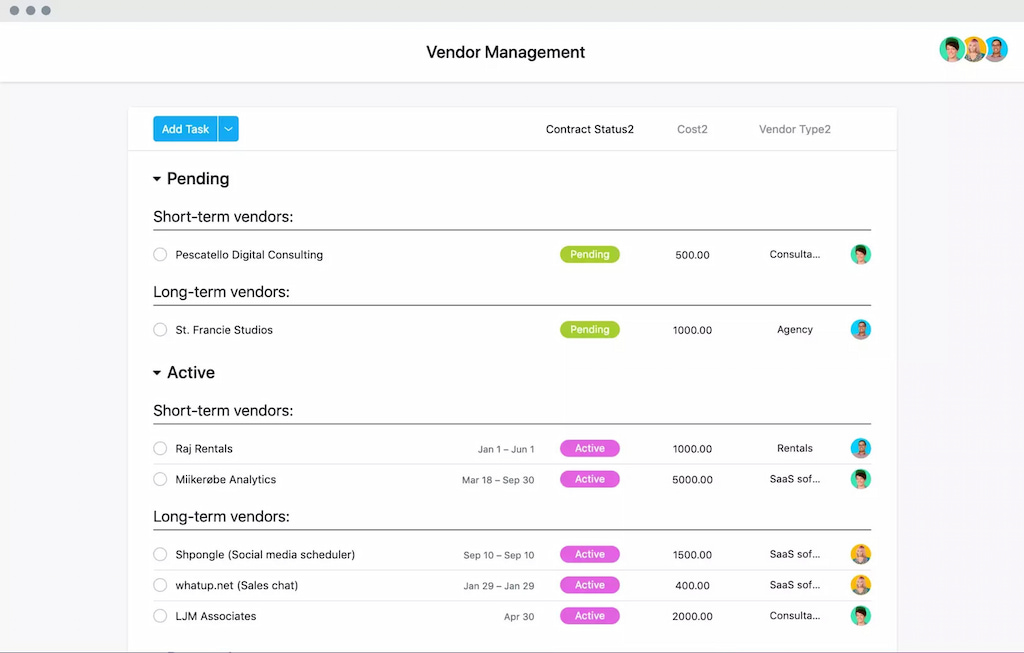
Todoist
- 👥 Team to-dos: Assign tasks, share projects with up to 25 collaborators (Pro plan).
- 📌 Activity log: Track updates and comments.
- 💰 Cost: Affordable for small teams.
- ⚠️ Limitations: No timeline, limited reporting, no advanced permissions.
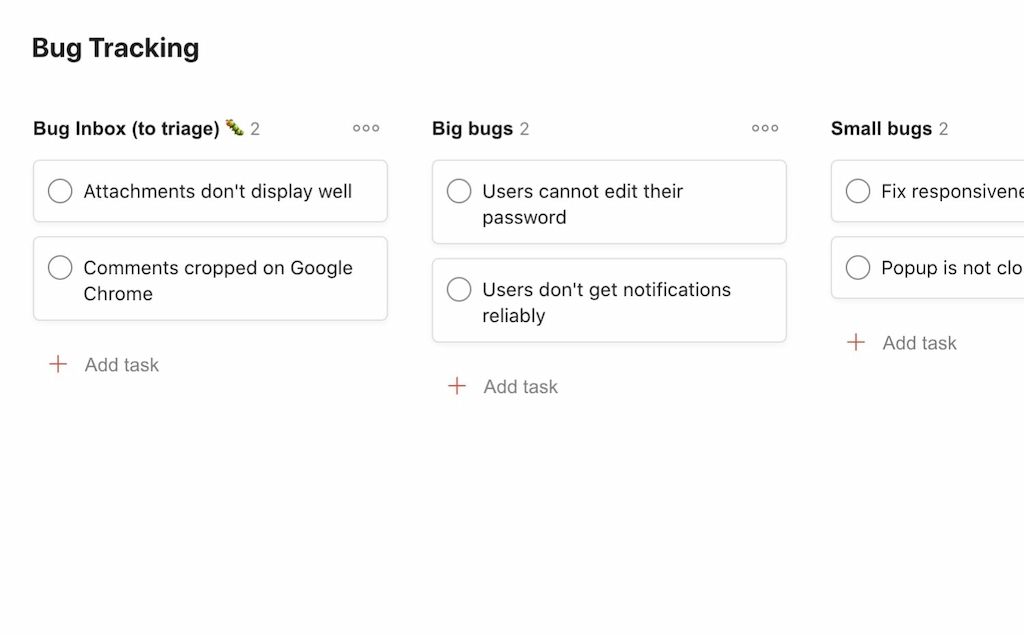
Verdict: 🏢 Asana excels at team collaboration and complex workflows. Todoist works for small teams that need a simple shared task list.
⏳ Workflow Integration: Everhour
Time tracking is crucial for both personal productivity and business project management. Asana and Todoist do not offer robust native time tracking (Asana provides basic time tracking only in advanced tiers). Here’s where Everhour comes in:
- Easy setup: Install Everhour’s browser extension; connect it to Asana (Asana time tracking integration) or Todoist (Todoist time tracking integration).
- Start/stop timers: Each Asana task or Todoist task gains a timer button. Track time directly while working.

- Reports & budgets: Everhour aggregates time entries; create reports by project, task, or person. Set budgets and track progress.
- Invoicing & payroll: Generate invoices from time logs; integrate with accounting platforms. Pay employees based on actual hours.
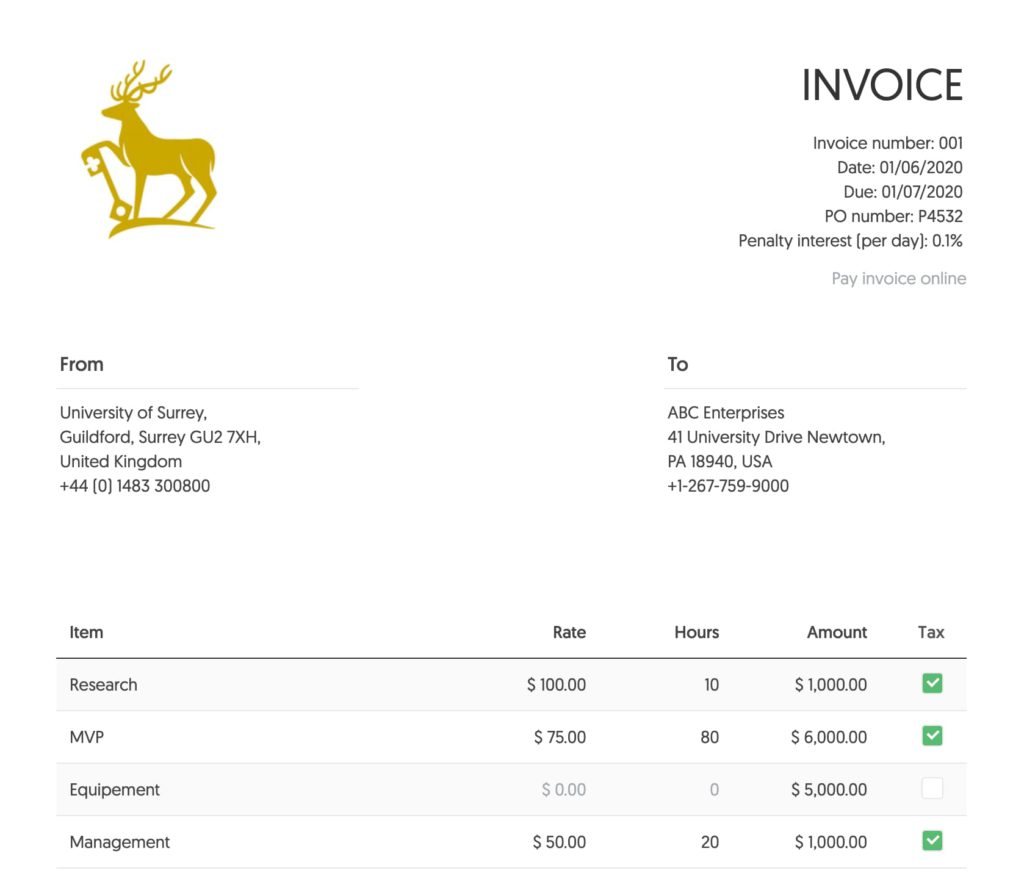
- Time estimates vs actual: Compare initial estimates with time tracked. Adjust future planning accordingly.
✨ Benefits
- For Asana teams: Gain accurate time data for smarter resource planning and billing.
- For Todoist users: Add detailed time insights to simple task lists for boosted personal productivity.
💡 Tips & Best Practices
- 🔍 Choose the right tool: Todoist for simple personal lists, Asana for team projects.
- 🌱 Start small: Test Todoist for habits or try Asana’s free plan for collaboration.
- 📑 Use templates: Asana has project templates; Todoist templates are planners and goal trackers.
- 🔗 Combine tools: Personal tasks in Todoist, work projects in Asana—use filters to separate them.
- ⚡ Automate & integrate: Build rules in Asana, use natural language in Todoist, and connect both to Calendar, Slack, or Everhour.
- 📆 Review weekly: Plan ahead, archive completed projects, and realign with goals.
- 🎯 Keep it simple: Don’t overload boards or projects; highlight only what matters.
- 👥 Train your team: Teach tagging, task assignment, and create a naming guide.
- 🔒 Protect data: Set permissions in Asana to manage access and privacy.
❓ FAQ
Which is easier to use for beginners?
Todoist. It’s straightforward and fast. Asana requires more setup but provides more functionality.
Can I switch from Todoist to Asana easily?
Yes. Export tasks as CSV from Todoist and import into Asana using their importer. Tags may need manual mapping.
Does Asana have recurring tasks?
Yes. You can set tasks to repeat daily, weekly, monthly, or on custom schedules.
Can I use Asana offline?
Asana’s mobile apps support offline mode; the web version doesn’t.
Do they integrate with email?
Both integrate with Gmail and Outlook. Create tasks from emails or convert emails into tasks.
What about pricing for students?
Todoist offers discounts and free Pro accounts for students and educators. Asana offers discounts upon request.
Which is better for habit tracking?
Todoist’s recurring tasks and Karma system are more suitable for daily habits.
Can I add attachments?
Yes. Asana supports file attachments on tasks; Todoist allows files via comments.
Is Asana open source? Is Todoist?
Neither is open source.
Are there hidden costs?
Extra features may require higher-tier plans. Advanced automations, custom roles, or security features cost more in Asana. Todoist’s filters and reminders are premium.
🌟 Final Thoughts: Asana vs Todoist
Asana vs Todoist: both are great for task management, but they serve different needs. Todoist is best for individuals and small teams who want simplicity, quick task entry, and personal productivity. Asana is built for larger teams, offering multiple views, collaboration, automation, and reporting.
For personal errands, daily habits, or lightweight to-do lists, go with Todoist. It’s clean, affordable, and easy to use. For coordinating teams, managing timelines, and aligning work with business goals, go with Asana. Its timeline, automation, and portfolio tools make complex projects manageable.
Whichever you choose, adding Everhour makes it even better. Track time, monitor budgets, and plan smarter—helping you stay productive and on schedule.
Check out our articles breaking down ClickUp vs Todoist, Monday vs Todoist, and Trello vs Todoist with extra details!

